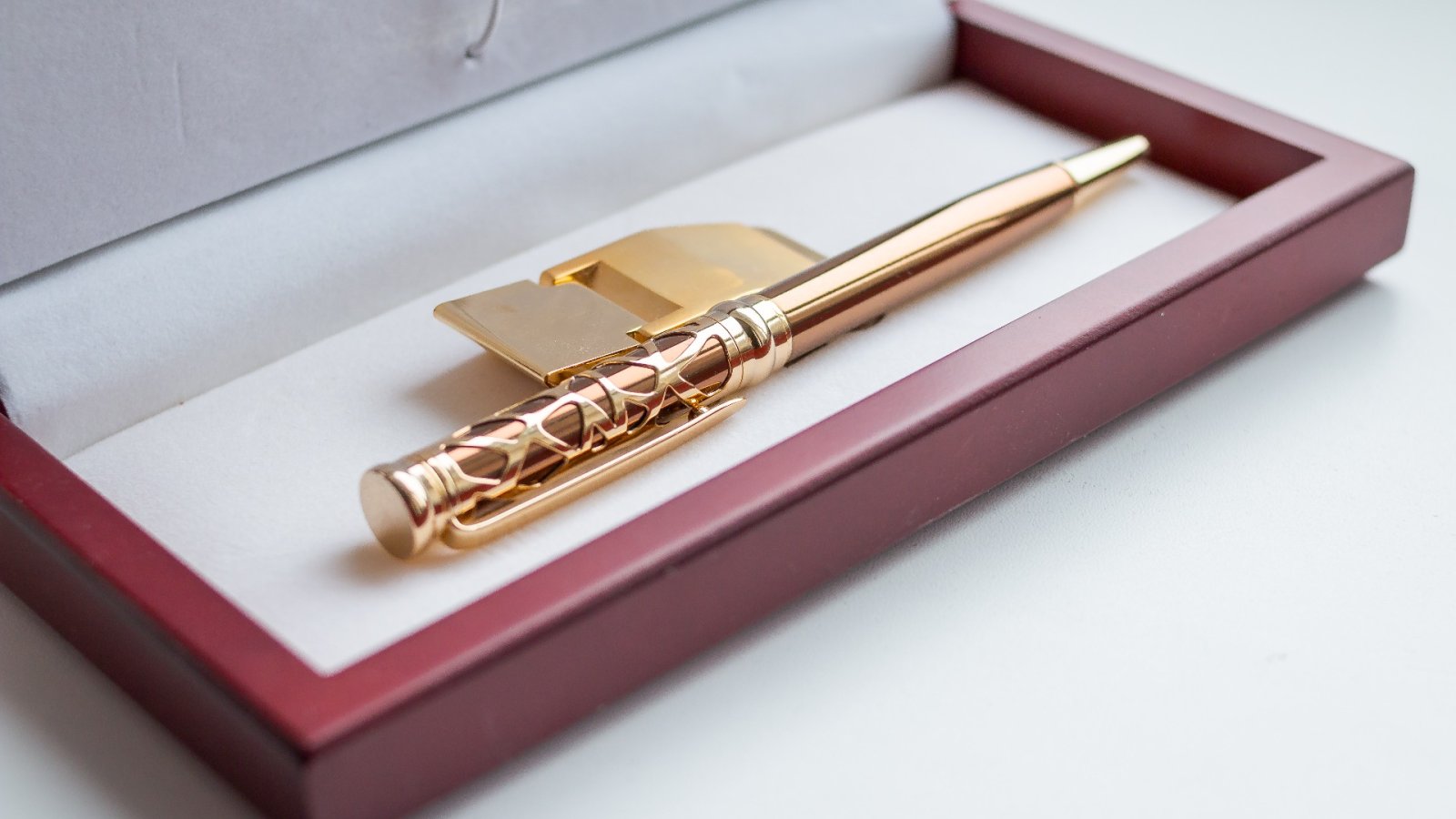Anywhere in the world, the mention of Cartier evokes thoughts of opulence and excellence. The name is inextricably linked with diamonds, refinement, and the utmost standards in the realm of jewelry. However, this commitment to superior quality also translates to the creation of pens that showcase unparalleled artistry. In this article, we will explore a brief history of Cartier pens.
While Cartier's reputation as a pinnacle of sophistication and luxury is firmly established, the fact that King Edward VII commissioned 27 tiaras from the company for his coronation in 1902 and granted it a royal warrant in 1904 serves as undeniable evidence of its illustrious heritage.
The roots
The roots of this legacy can be traced back to 1847, when Louis-François Cartier assumed control of his mentor's workshop and laid the foundation for an iconic brand. In 1904, Cartier introduced the flat wristwatch after designing one for the renowned Brazilian aviator, Alberto Santos-Dumont, who found pocket watches to be unreliable and impractical during flights (hence the famous Cartier Santos watch). By 1907, Cartier had established branches in London, New York, and St. Petersburg, marking the blossoming of an icon.
Not satisfied with solely excelling in the realm of timepieces and jewelry, the Cartier brand also delved into the creation of other objets d'art, including pens. As far back as 1860, sketches were produced depicting designs for a jasper nib and a golden pen. However, it wasn't until 1910, when they began producing writing instruments on a large scale, that they truly made their mark in this area.
In 1924, Cartier released a highly coveted series of watches made from exotic and highly sought-after materials, such as onyx, moonstone, and opal. These timepieces were reportedly prized by The Maharajah of Patiala, who was one of Cartier's wealthiest clients. The unique aesthetic of the Art Deco era, which persisted through the lively 1920s, remains appealing to this day, and Cartier pens often display the distinct characteristics of that period.
The history
The brand cemented its place in history during the mid-20th century by introducing a range of coveted writing instruments that continue to be highly sought-after today. In the 1960s, pens crafted by jeweler Pierre Lefebvre captured the attention of Cartier enthusiasts, while the matching gold-plated lighter and pen set epitomized the style of the era and would fit seamlessly into the top pocket of Mad Men's Don Draper. Understandably, the vintage bamboo and gold pens have become highly coveted collector's items and are now quite rare, especially when it comes to acquiring a set of five miniature pens.
In 1973, Cartier introduced "Les Must de Cartier" (Cartier's must-have items), a groundbreaking concept that signaled a thrilling shift in the luxury goods industry. This also marked the launch of a series of writing instruments that have become one of Cartier's most renowned product lines and remain among the most popular, with a distinctive name that is immediately recognizable as part of the brand's identity.
Collections
One of the most unforgettable examples of Cartier pens is undoubtedly the Crocodiles de Cartier Limited Edition Fountain Pen. Limited to just 888 pieces, this pen is part of Cartier's animal-shaped menagerie. The first pen in this series paid tribute to Cartier's "pet" animal, the panther. Meanwhile, the Crocodile, one of Cartier's most captivating creations, features a delicate 18K gold nib engraved with the fierce face of a crocodile. Even to those new to Cartier, it's evident that producing these pens requires exceptional artistry, with master artisans skillfully carving the design using precious cabochons at both ends.
Innovation
While Cartier's more affordable ballpoint pens cater to the mainstream market, the brand continues to innovate at the intersection of high jewelry and fine writing instruments. With new limited editions valued at over $150,000, Cartier is constantly pushing the boundaries and creating the collector's items of the future.






